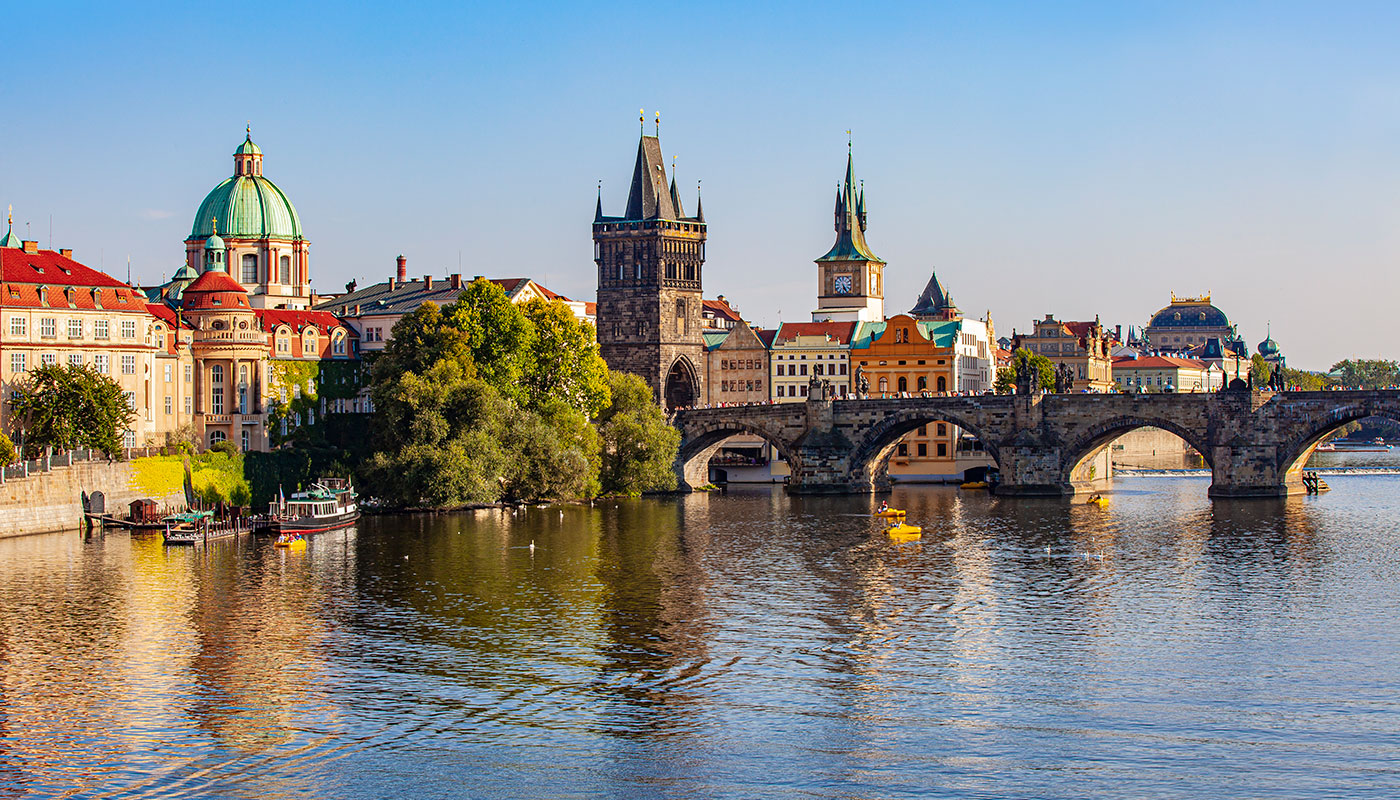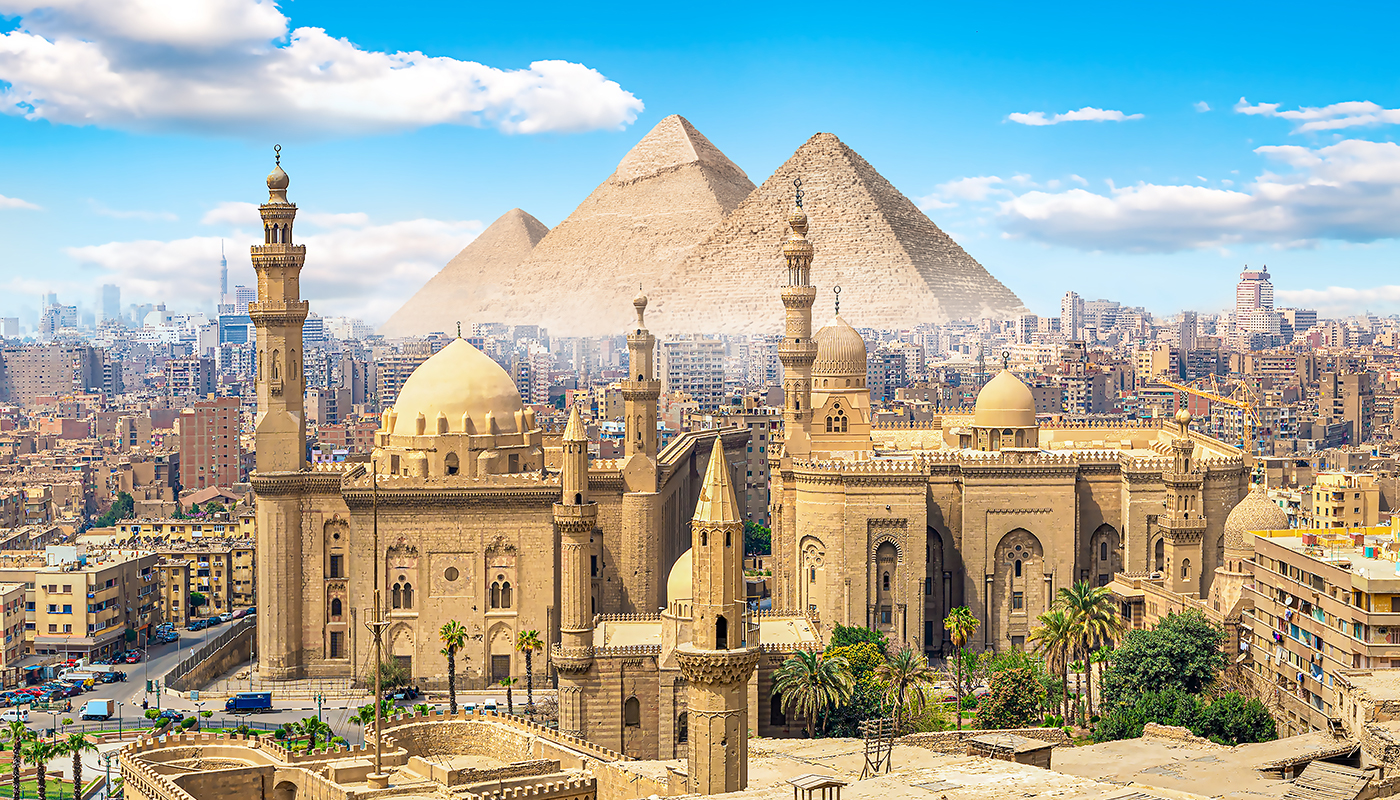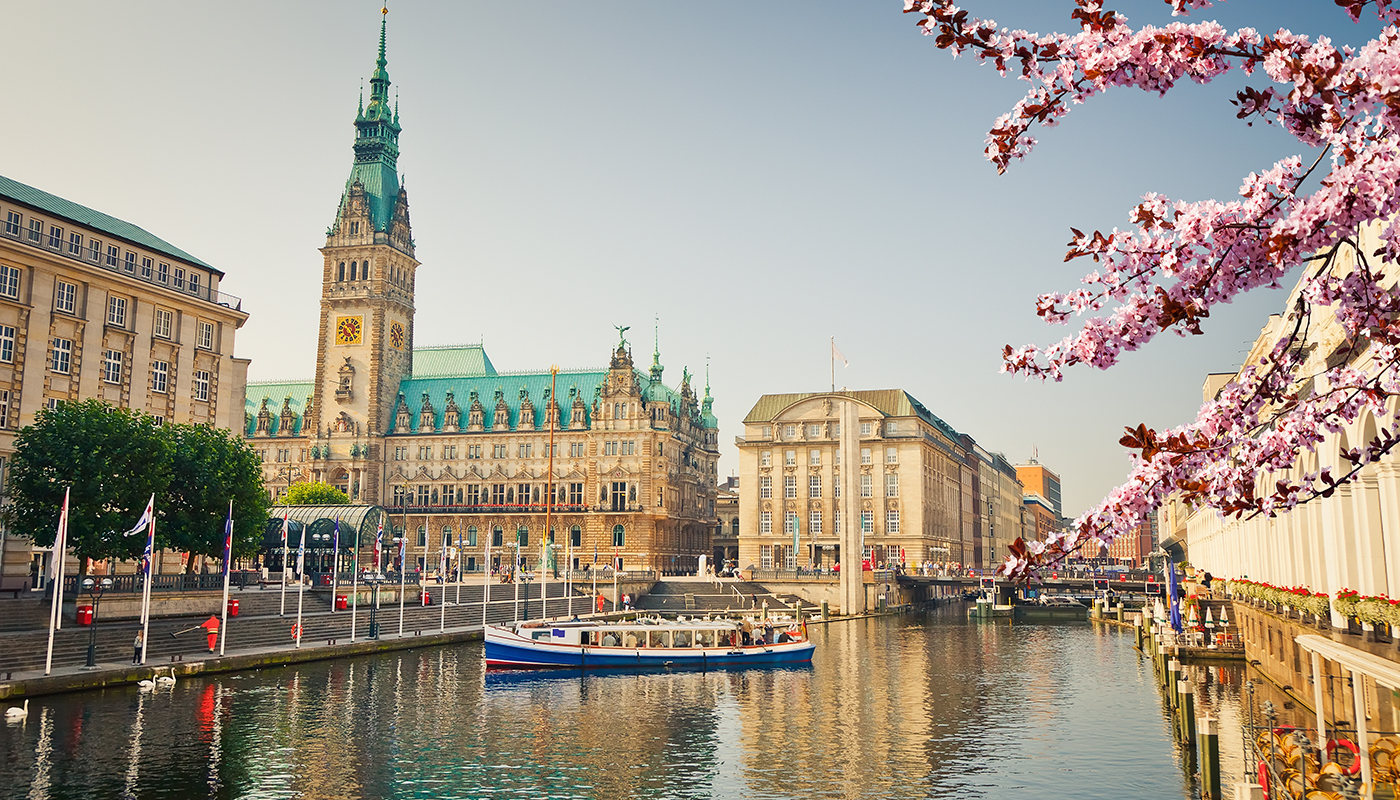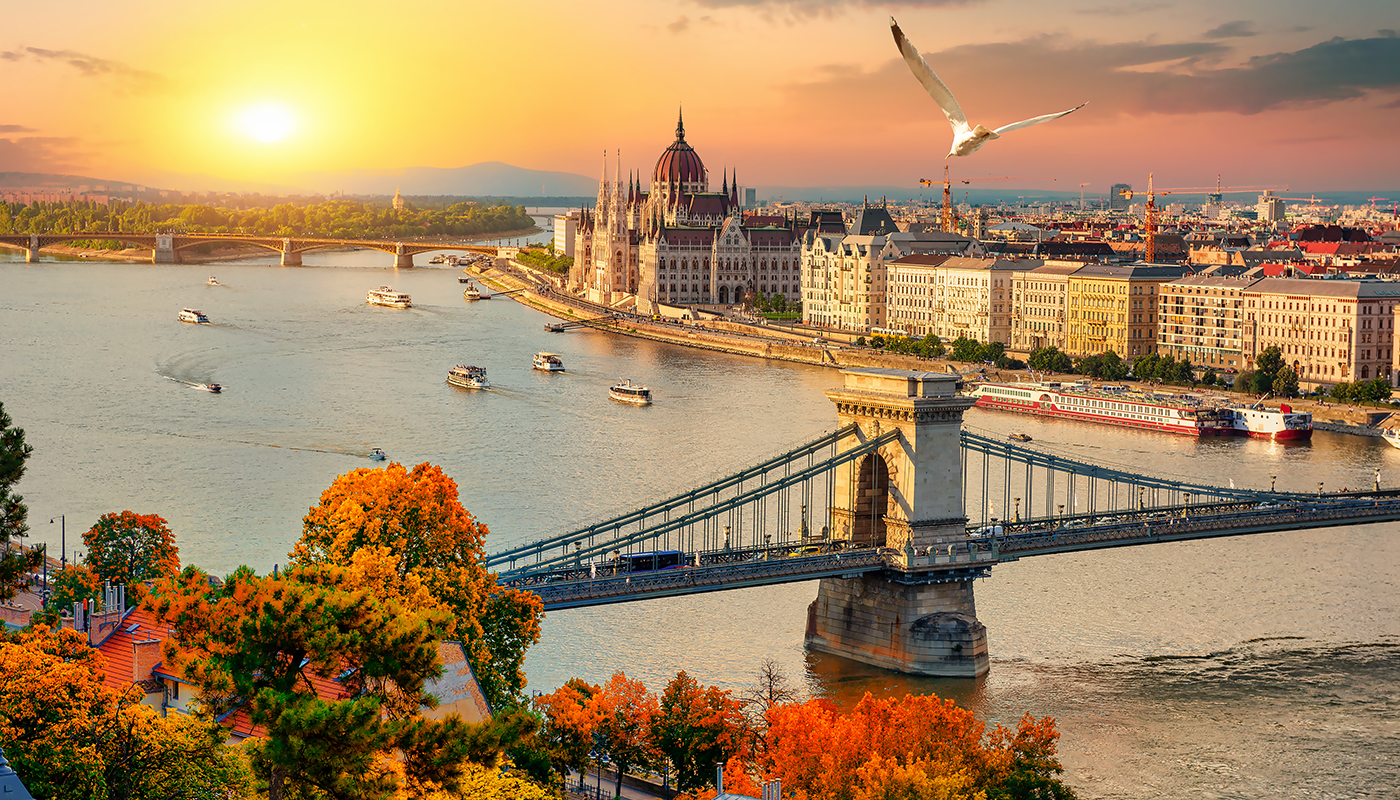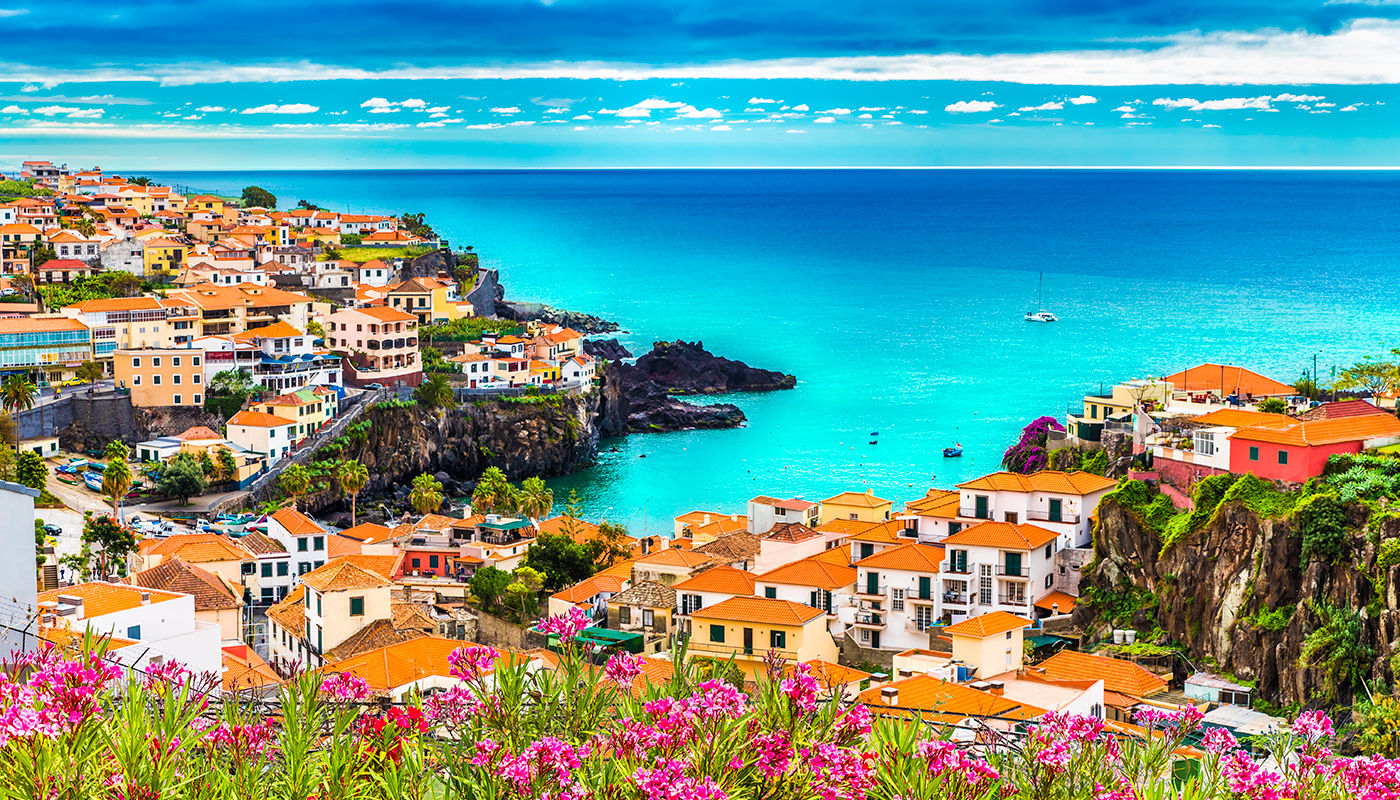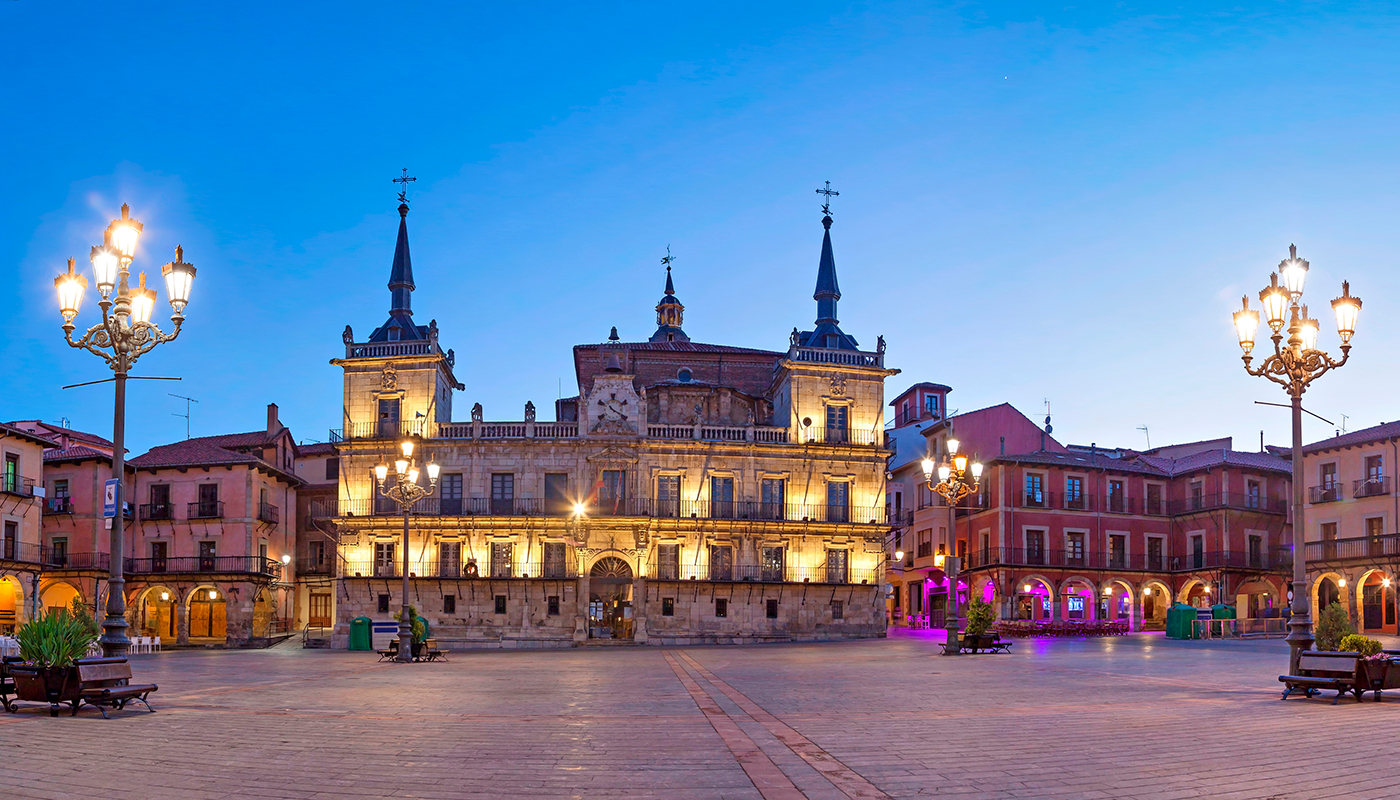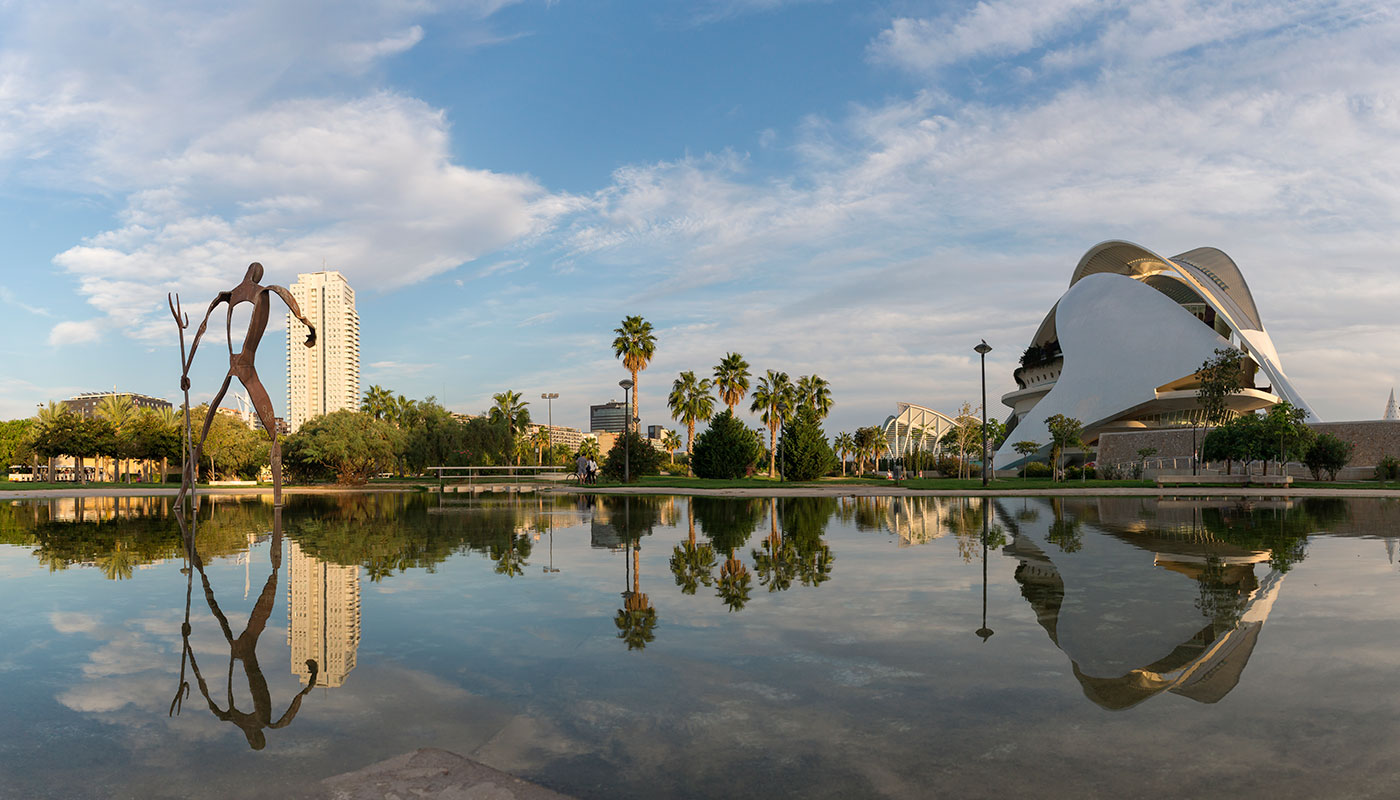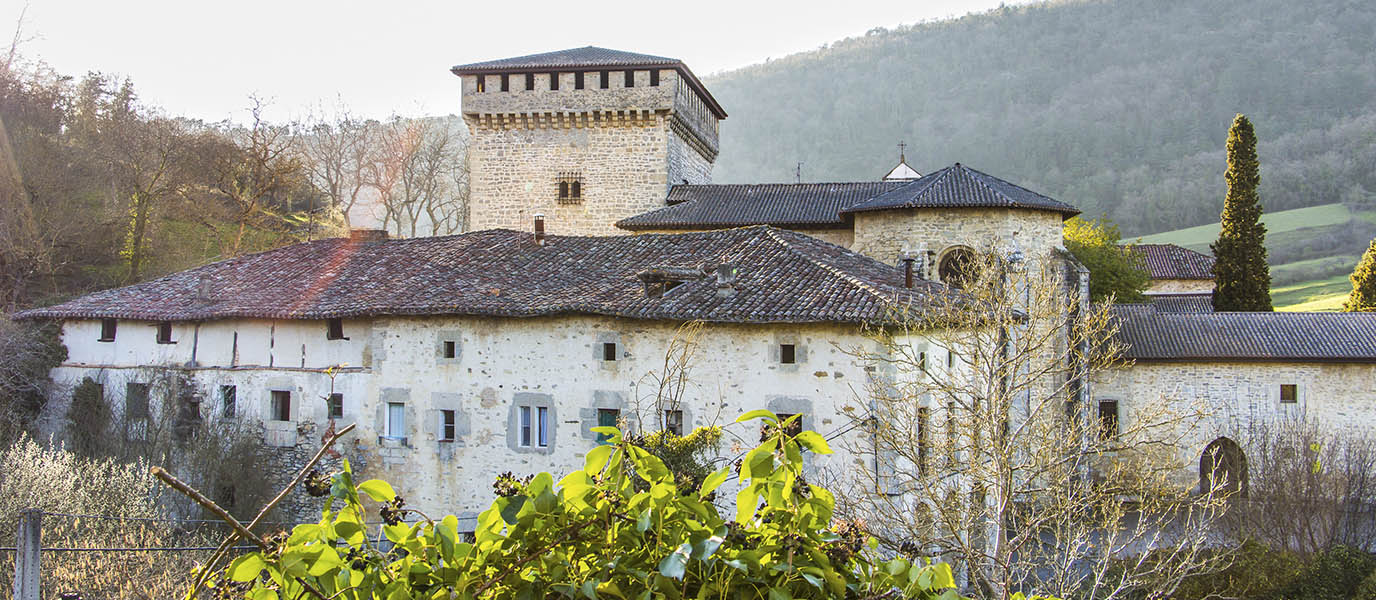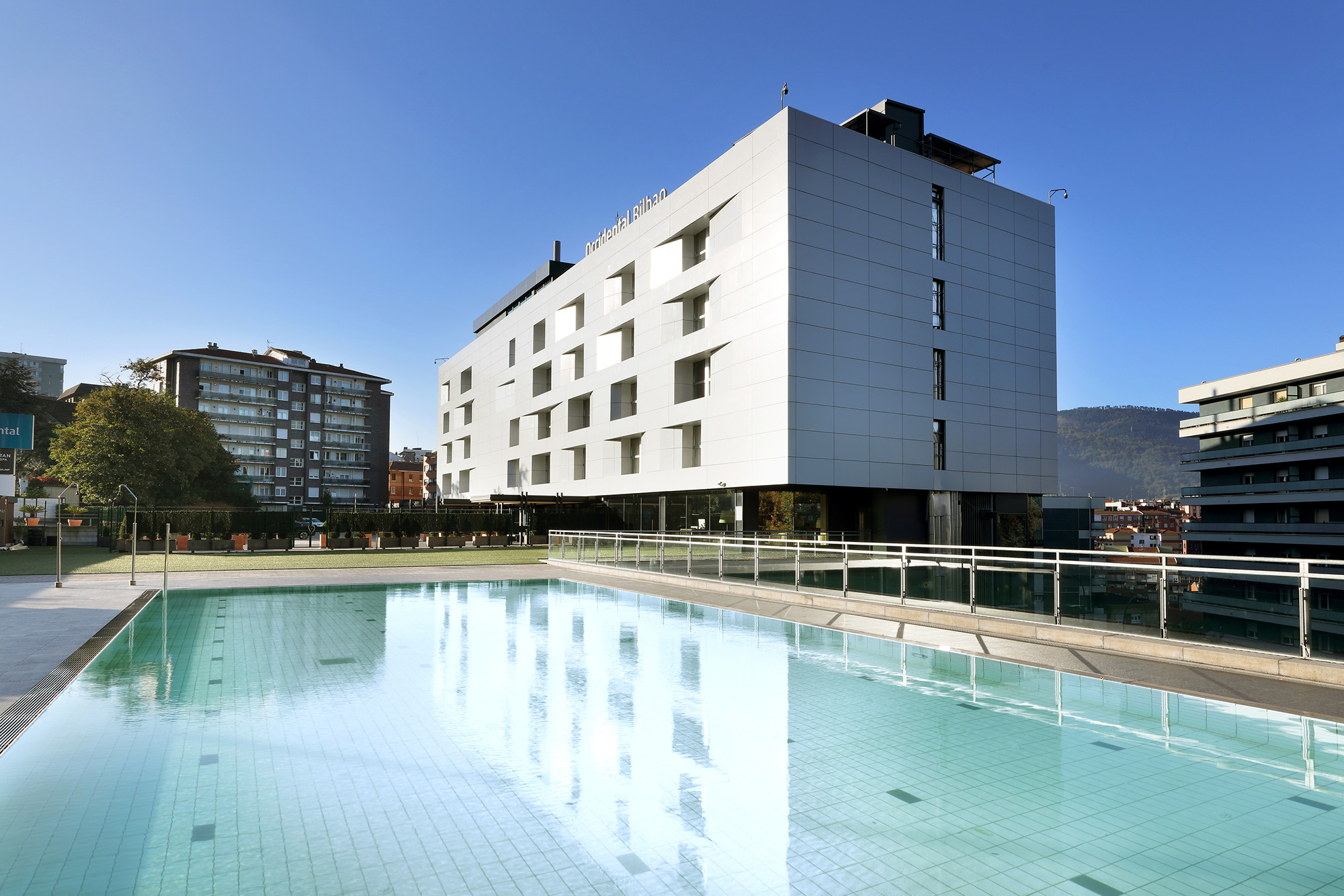Chávarri Palace is one of the most remarkable buildings in Bilbao and a silent witness to the city’s industrial transformation. Built between 1888 and 1894 for the businessman Víctor Chávarri and his brother Benigno, founders of the Altos Hornos de Vizcaya metallurgy company, this impressive building, located in the heart of Bilbao’s Ensanche district, became the headquarters of the Civil Government of Vizcaya in 1943. It currently houses the Government’s Provincial Office in Vizcaya, also known as the ‘Spanish embassy’.
It is an impressive example of late 19th century Bilbao architecture that is striking for its unique chamfered façade on Federico Moyúa Square, better known as Plaza Elíptica, its peculiar colours, the layout of its rooms and the decorative elements on its façade since all its windows and balconies are different. Its roof is also very original and spectacular. In any case, it is the hallmark of the late 19th century Bilbao society whose initiatives shaped the industrial Bilbao of the 20th century. In fact, it was the first building of the Biscayan bourgeoisie to be built outside Bilbao’s Old Quarter and the Campo Volantín area.
History of Chávarri Palace
It was the Belgian architect Paul Hankar, assisted by his Bilbao colleague Atanasio de Anduiza, who designed this 3,000 square metre palace for Víctor Chávarri, Marquis of Triano. He did this inspired by another of his earlier works: the Hotel Zegers-Regnard in Brussels. The reason is that Víctor Chávarri studied in Liège and wanted his house to remind him, at no expense, of the Flemish Renaissance style.
Chávarri Palace has a semi-basement floor, a main floor on the mezzanine, three floors in height and a top floor with a mansard roof, but the most unique feature is the asymmetrical composition of its façade, with an abundance of broken shapes, stones of different colours, a great variety of windows, balconies, bay windows and attics, etc., and all this complex design gives it a notable singularity. There is also a garden at the back, to which some buildings were added at a later date.
In 1939, the family sold the palace to an Italian real estate company that planned to demolish and build houses, but fortunately it ended up in the hands of the Spanish State.

Between 1943 and 1947, the architect Eugenio María Aguinaga renovated the two houses of the Chávarri family and converted them into the headquarters of the Civil Government. The restoration work mainly affected the interior rooms: the white and red marble stones on the floors were recovered, a new staircase was built at the back, the first floor was refurbished and the second floor was used as the civil governor’s living quarters while the third floor as the secretary’s living quarters. In any case, the meticulous decoration of the floors, walls, ceilings, doors, marble fireplaces and the lift with its wooden cabin were preserved. The palace façade was never altered.
The interior decoration of the Chávarri Palace is a true marvel, to which all the craftsmen of the time must have contributed since it has an infinite number of ornamental details, from the floor to the zenithal paintings and the polychrome doors. It was an outpouring of good taste and talent.
Chávarri Palace is listed as a Cultural Heritage Site under the category of monument. In 2014, when the building turned 120 years old, a book was published, ‘El palacio de los Chávarri’, about the history of this spectacular building in Bilbao, written by Álvaro Chapa and Susana Chávarri, both descendants of the family that founded the Altos Hornos de Vizcaya company.
Visiting and seeing Chávarri Palace
Since it is an official institution (the Government’s Provincial Office in Bilbao), Chávarri Palace cannot be visited in its entirety, but guided tours are regularly scheduled so that the public can get to know different areas of this spectacular building. The visits are usually scheduled on Saturdays. You have to pay attention because there are only a few places available and they are in great demand. In any case, you can always enjoy the exterior of the palace and the surrounding gardens.
The fortunate visitors who enter Chávarri Palace can admire the unique Hall of Mirrors, next to what was once Víctor Chávarri’s office, and another adjacent room covered with wooden panels with indigenous motifs. A lift takes you to the first floor, the palace’s main dining room, which still has the original table for 20 guests. The servants were housed on the fourth floor and the family’s children on the third floor.
The bedroom of Víctor Chávarri and Soledad Anduiza, with dressing room, retains the original beds and armchairs. The Music Room, in the French Baroque style with ceiling paintings by José Echenagusía, also remains almost intact.
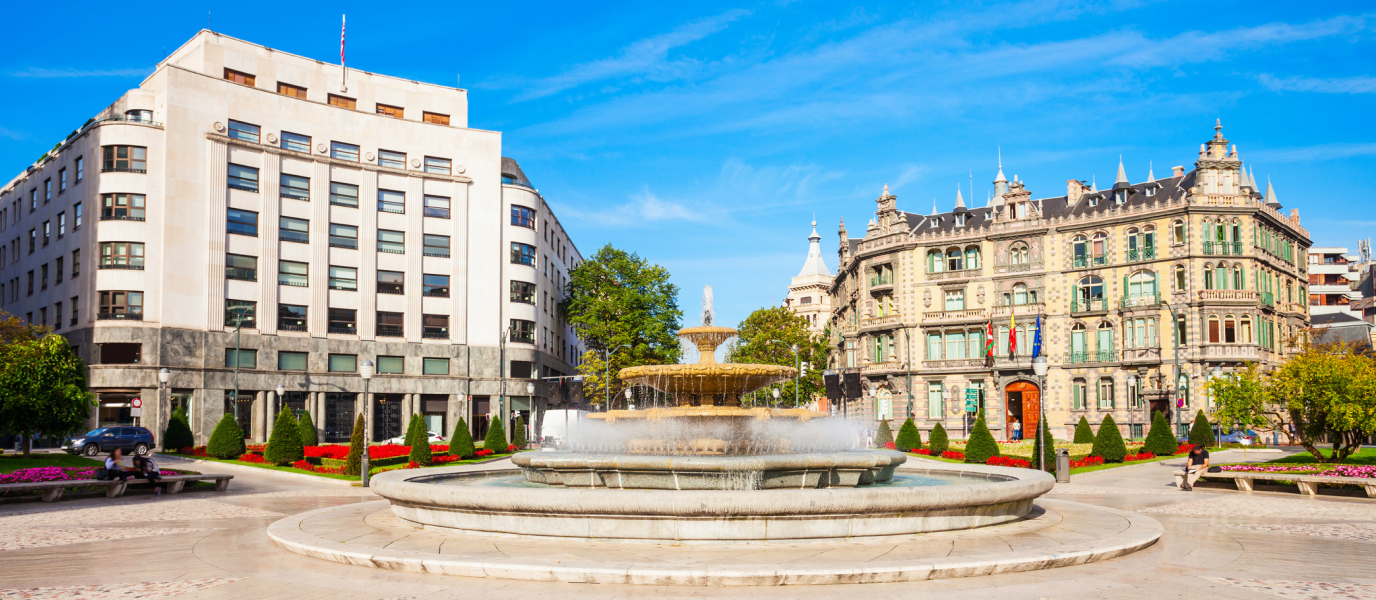
In addition to the palace, the estate included an annex building for stables, carriages and the residence of some servants; this is currently used to house offices such as the Civil Protection Office.
In any case, visiting Chávarri Palace is evoking the memory of a man like Víctor Chavarri y Salazar (1854-1900), who was a key figure in Biscayan industry and finance. He was born in Portugalete and, when he finished secondary education, he moved to Liège (Belgium) to study civil engineering. As a result of that training and his vocation for everything related to coal, iron and steel, major companies such as Minas de Triano, Argentífera de Córdoba, Talleres de Miravalles and Industrial Vasco Asturiana Santa Bárbara were created. Víctor Chávarri was also a senator and member of the Spanish Parliament. Víctor Chávarri died at the age of 46 from a stroke, so he had little time to enjoy the marvellous and spectacular palace he had built. A real shame.
Information for visitors
At present, visits to Chávarri Palce are limited for the general public to the mornings of the last Saturday of each month, from 10.00 to 14.00. They are carried out in groups of a maximum of 20-25 people by specialised staff and must be booked well in advance, taking into account the demand.
The visit lasts about 45 minutes and, during the tour, you will visit the main floor of the palace, which housed both the private rooms of the Chávarri family and the rooms in which they socialised during the short period of time that they lived there. You can also visit the palace garden.
Apart from this, the residents of Bilbao can take part in some of the visits that the Provincial Office provides both to companies and professional and socio-cultural institutions.








